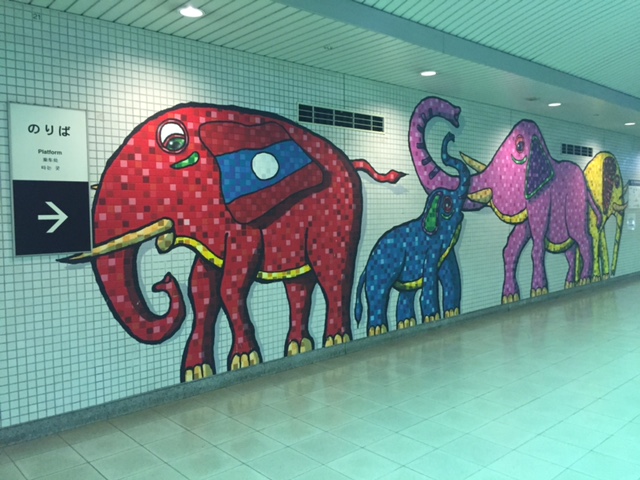Maria Antonietta Scarpari produces paintings, art installations and drawings in which her personal experiences, visions, and sensations give rise to iconic images. She is unafraid of taking on far reaching topics such as the metaphysical and political ramifications of gender, the power of the female gaze and body, the roles played by animals in human lives and dreams, and the mythological and spiritual dimensions of the natural world.
Scarpari has held numerous solo exhibitions and group shows at museums and galleries, including Fragments group show at Durden&Ray, in Los Angeles (2018), and took part in The coat of hipness (materiali velati), a performance by the French-German artist Jérôme Chazeix, put together for the Altaroma calendario 2020, at Label 201 in Rome. Recently, she had an exhibition in Venice in which she constructed a germinal installation with Italy itself as the main subject.
In recent years, Maria Antonietta Scarpari has occupied interstitial positions between several genres, including painting, drawing, installation art, performance and writing. In each case, her work demonstrates how traditional categories of art-making can function as starting points for wide-ranging investigations into the functioning of perception and language, questioning not only how we see or experience but also what is being seen or experienced. Such questions ultimately hinge upon how a person—whether an artist or a viewer or both—inhabits and makes sense of the thing that comes to be known as an artwork. The drawings chosen for The Edge of Equilibrium volume, published by Vanillaedizioni, are devoted to a series of assemblages in which the marine ecosystems, humans, metamorphosis and precarious life hold a dialogue unfolding in a poetical narration.
She has become recognizable for installation work in which ubiquitous cultural icons—particularly those of her country, Italy, are transformed into objects brimming with humor and pathos. She appropriates seemingly ubiquitous forms and recreates them, so that objects emptied of their meaning over time are re-energized and re-awakened.
She utilizes iconic materials like pottery or old statues, introducing distortions and dramatic shifts in scale. Like for the installation she constructed in Venice featuring the shape of Italy (as in a geographical map) made of delightful period piece ceramics, laid on straw as if in a barn. Equal parts homage and iconoclastic gesture, Scarpari’s work is a materials-based critique of the relationship between the authentic and the fabricated, and between local and global modes of creative expression.
This makes her work as personal and introspective as it is accessible, immediately recognizable, as well as culturally resonant.

Camilla Boemio is an art writer and curator, who curated projects around from Los Angeles to Odessa, Ukraina. She is a member of AICA (International Association of Arts Critics). Her recent curatorial projects include: her role to associate curator at Pera + Flora + Fauna. The Story of Indigenousness and Ownership of History, an official Collateral Event at 59th International Art Exhibition: La Biennale di Venezia (2022); Jérôme Chazeix The coat of hipness (materiali velati) in Altaroma2020 agenda at Label201 (2020); Marina Moreno: Dance as sculpture in space supported by Arts Council England (2019-2020); The Contemplative Edge. Il Mondo Nuovo. a performative Parallel Event with artists Mathew Emmett and Greig Burgoyne at Museo dell’Arte Classica, in Roma (2022). In 2016, she was the curator of Diminished Capacity the first Nigerian Pavilion at the 15th International Architecture Exhibition La Biennale di Venezia; and in 2013 she was the co-associate curator of Portable Nation. Disappearance as work in Progress – Approaches to Ecological Romanticism, the Maldives Pavilion at 55th International Art Exhibition La Biennale di Venezia. In 2018, she took part in the VVM at Tate Liverpool.

























































